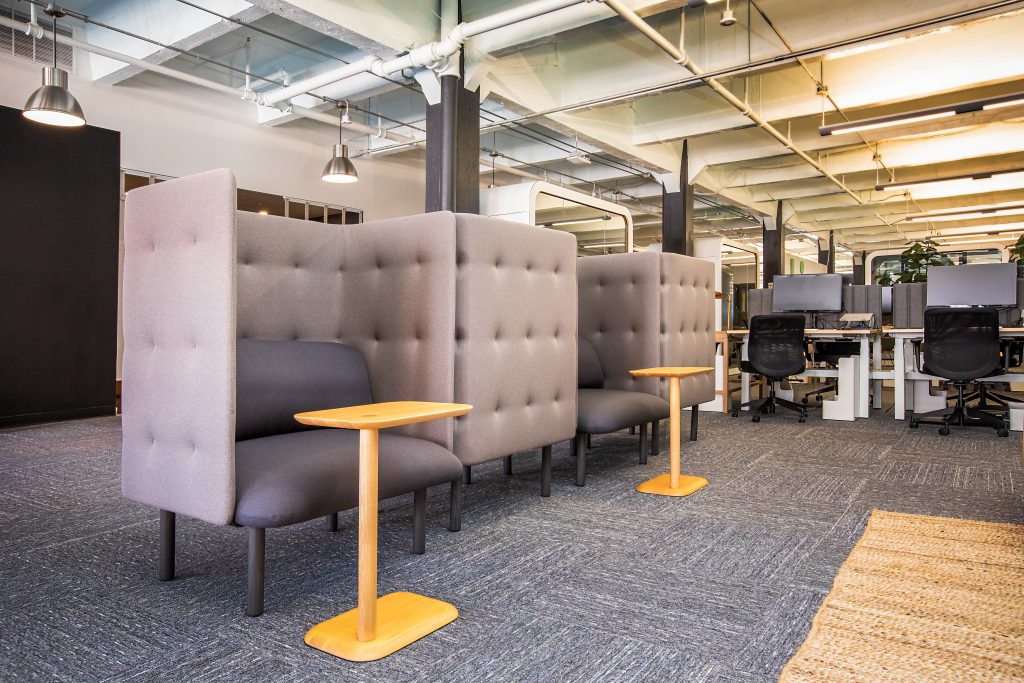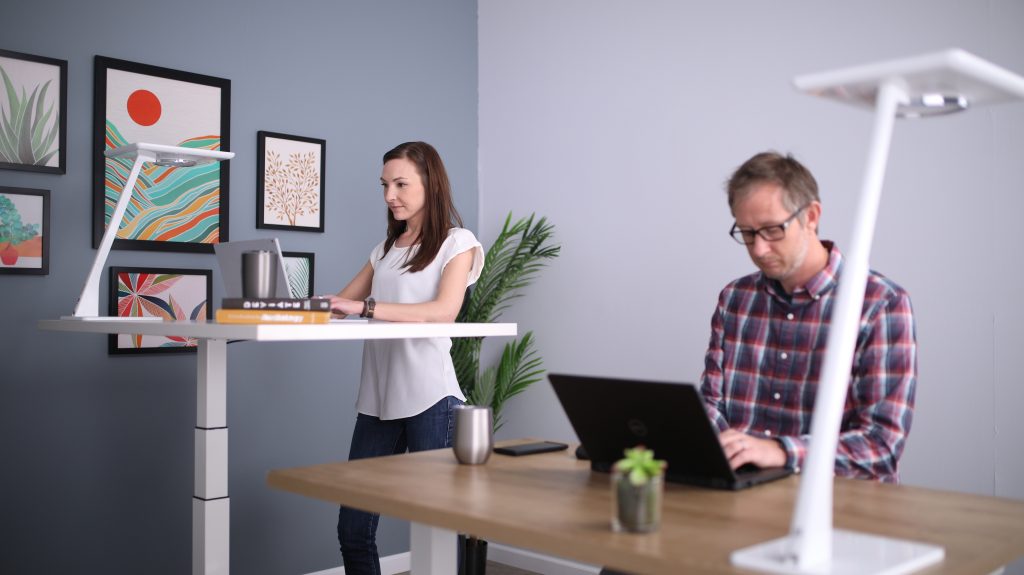In recent years, organizations have been embracing neurodiversity in the workplace. By valuing the unique strengths and perspectives of neurodiverse employees, companies can create a more inclusive and innovative work environment that benefits everyone.
April is World Autism Month
According to the CDC, one out of every 54 U.S. children with autism spectrum disorder will need support as they age and enter the workforce. Designing inclusive workplace environments and reducing sensory overload should be a priority for companies today. In this blog post, we will explore the importance of neurodiversity in the workplace, the benefits it can bring, and some practical strategies for creating a more neurodiverse and inclusive workplace and culture.
What is neurodiversity?
The term neurodiversity refers to the range of differences people experience in educational settings, workplaces, and social settings.
Why is neurodiversity so important?
We’re starting to recognize the importance of neurodiversity and the potential benefits individuals with neurodivergent conditions can offer. According to a Harvard Business Review article, it’s estimated that 15-20% of the global population has neurodivergent conditions. Individuals with neurodivergent conditions, like autism, ADHD, and dyslexia, bring unique skills and perspectives to the workplace, such as attention to detail, creativity, and problem-solving. A recent study by Indeed found that job postings with inclusive language about neurodiversity received 182% more clicks and generated 43% more hires than job postings without it.

When designing an office with neurodiversity in mind, what should companies think about?
The best work environment for neurodiverse people is flexible and choice based. There are multiple ways to achieve this.
Different seating options can make it easier for people with neurodivergent needs to feel comfortable and accessible, like nooks, adding private or semi-private work areas in open offices. Items such as standing desks and exercise balls help maintain focus and attention.

The noise and brightness of technology devices can be overwhelming for people with sensory sensitivities. Providing noise-cancelling headphones, adjustable lighting to reduce sensory input, simple instructions on how to use unfamiliar technology components, and a variety of communication devices can be helpful for people who process information visually and can reduce anxiety.
Throughout the workspace, clear visual cues and signage help individuals navigate space easily. Strive to have a layout that minimizes sensory overload and provides clear pathways for movement.
Finally, wellness spaces can allow individuals to regulate their own sensory experiences. They can serve as designated areas for quiet and relaxation, as well as for sensory stimulation and activity.
Human diversity is an asset for creating innovative designs that meet the needs of everyone. Leaders should promote to designs that cater to the physical, cognitive, and emotional needs of everyone to create a space that caters to unique abilities and needs, fostering a sense of belonging and empowerment for all.
Lakshmi Gondi, Senior Strategist KGO
What are some other areas leaders should consider when creating a neurodiversity-friendly workplace?
There’s no one size fits all – companies should aim for customization, intuitiveness, and empathy. Providing support for neurodivergent people requires understanding the full spectrum of environmental conditions. Here are some things you can start doing right away:
- Encourage communication and collaboration between individuals by providing space for group work and social interaction.
- Provide behavior norms for specific workspaces to reduce anxiety and promote a sense of safety and predictability.
- Provide opportunities for social activities and events, such as workshops or peer support groups.
- Communicate and deliver information using multiple modes, including visual and auditory cues, to accommodate different learning styles.
How can companies support neurodiverse team members specifically in remote and/or hybrid work environments?
Supporting neurodiversity requires a strong, positive team culture and a possible shift in mindset. There are a multitude of ways you can support neurodiverse team members. First and foremost, your organization can provide training on inclusive language and behaviors, so neurodiversity is normalized, and stigmas are removed. If your organization is hybrid or remote, implement guidelines that allow everyone to feel included in meetings. These guidelines could include etiquette for when to have cameras on, strategies for reducing unnecessary meetings, and even allowing for quiet days. Finally, leaders should cultivate a sense of psychological safety by encouraging everyone to speak up and share opinions.
Overall, embracing neurodiversity in the workforce is important not only for creating a more inclusive workplace, but also for unlocking the potential of all employees and driving innovation and growth.
Interested in learning more?
Consult with one of our strategy and consulting experts today to provide organizational training on inclusive language and behaviors, create and help implement guidelines, and more!

